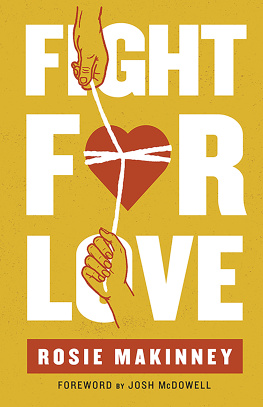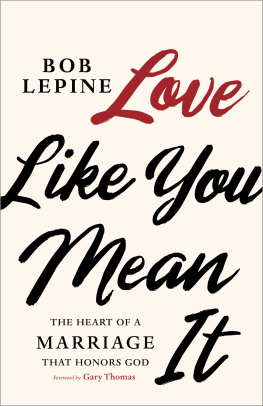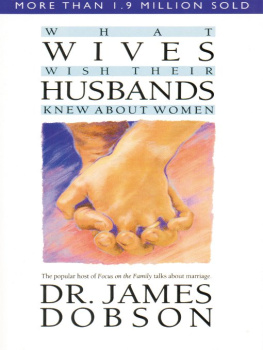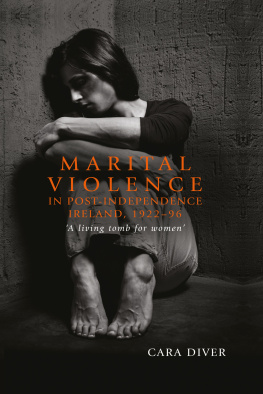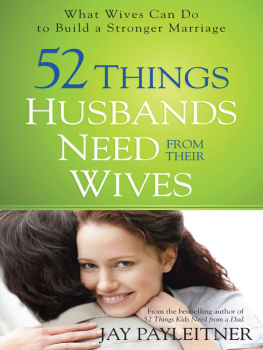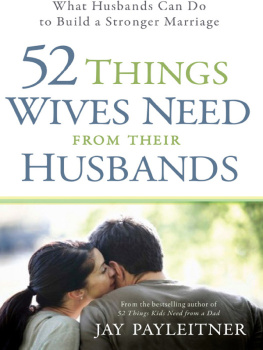Stray Wives
Stray Wives
Marital Conflict in
Early National New England
Mary Beth Sievens
NEW YORK UNIVERSITY PRESS
New York and London
www.nyupress.org
2005 by New York University
All rights reserved
Library of Congress Cataloging-in-Publication Data
Sievens, Mary Beth.
Stray wives : marital conflict in early national New England / Mary Beth Sievens.
p. cm.
Includes bibliographical references and index.
ISBN-13: 978-0-8147-4009-5 (cloth : alk. paper)
ISBN-10: 0-8147-4009-X (cloth : alk. paper)
1. Marital conflictNew EnglandHistory18th century. 2. Marital conflictNew EnglandHistory19th century. 3. WivesNew EnglandHistory. 4. Husband and wifeNew EnglandHistory. 5. Legal advertisingNew EnglandHistory. I. Title.
HQ537.S54 2005
306.872097409034dc22 2005010577
New York University Press books are printed on acid-free paper, and their binding materials are chosen for strength and durability.
Portions of first appeared in Mary Beth Sievens, The Wicked Agency of Others: Community, Law, and Marital Conflict in Vermont, 17901830, Journal of the Early Republic 21 (Spring 2001): 1939; reprinted by permission of the University of Pennsylvania Press.
Manufactured in the United States of America
10 9 8 7 6 5 4 3 2 1
For Christopher and Joshua Goodhue
Contents
1 A Disobedient, Clamorous Wife:
The Problem of Wifely Submission
2 A Trifling Sum: Economic Support and
Consumer Spending in New England Marriages
3 The Duties of a Wife:
The Meaning of Womens Work
4 The Wicked Agency of Others:
Community Involvement and Marital Discord
5 Having Confidence in Her Own Abilities:
Coping with Estrangement
Afterword: Settling All Matters of Dispute:
Marital Conflict, Negotiation, and Compromise
List of Tables
Table 4: Strategies of Wives Who Remained Permanently
Separated from Their Husbands without Divorcing
Table 5: Grounds on Which Vermont Women
Petitioned for Divorce
Table 6: Grounds on Which Connecticut Women
Petitioned for Divorce
Table 9: Percentage of Husbands Who
Included Details in Their Notices
Acknowledgments
I am delighted to finally have the opportunity to thank the individuals and institutions that provided invaluable assistance as I worked on this project. The Boston University Humanities Foundation provided crucial financial support when I began my research, as did two Mount Holyoke College Class of 1905 Research Fellowships. A Kate B. and Hall J. Peterson Fellowship made possible an extremely fruitful research trip to the American Antiquarian Society. SUNY Fredonia provided travel funds to support my research and release time to create a database for statistical analysis. I owe thanks to many people at the libraries and archives I visited as I conducted research. The librarians and support staffs at the Connecticut Historical Society, Connecticut State Library, New England Historic Genealogical Society, Vermont Historical Society, Vermont State Library, General Services Center of the State of Vermont, and the Special Collections Archives of the Bailey-Howe Library at the University of Vermont helped locate materials and provided cheerful assistance when microfilm exploded off reels and when I (inevitably) jammed photocopy machines. Special thanks to Caroline Sloat, Joanne Chaison, Marie Lamoureux, Dennis Laurie, the late Joyce Tracy, and other staff members at the American Antiquarian Society for providing a congenial, supportive atmosphere in which to research and for always welcoming me back when I returned to search through their collections yet again.
The scholars who commented on this manuscript have improved it in numerous ways. Norma Basch, Nancy Cott, Hendrik Hartog, Randy Roth, and Lisa Wilson read and commented on portions of this work as conference papers, articles, or chapters. The readers at New York University Press made invaluable suggestions that helped me strengthen the manuscript. Kirsten Sword generously shared with me her findings on marital conflict and the legal standing of elopement notices in the colonial era. Nina Dayton provided very helpful tips on research in early Connecticut records. Richard and Irene Browns interest in and support of this project have been a constant source of encouragement. Nina Silber, Marilyn Halter, Bruce Schulman, and Laurel Ulrich read the manuscript when it was still a dissertation. Their questions and comments helped guide me as I conducted further research and revised the manuscript. I owe a special debt of gratitude to Alan Taylor, who provided the perfect mix of encouragement, criticism, and townball throughout graduate school and as I labored on the dissertation. The example of his high standards and rigorous scholarship constantly push me to improve my own work. I have been very fortunate to work with Deborah Gershenowitz at New York University Press. Her enthusiasm for this project, as well as the efficiency of NYUPs editorial staff, has made the publication process as stress-free as possible.
I also am grateful to several friends and family members for their help as I worked on this project. My parents, Robert and Patricia Sievens, endured many home invasions whenever I needed to visit the New England Historic Genealogical Society or the American Antiquarian Society. Steve and Debbie Reige always made me feel at home when my research travels took me to Hartford, Connecticut. My sister, Kathleen Oliver, provided research assistance and companionship as I worked in Connecticut sources. My colleagues in the History Department at SUNY Fredonia have encouraged me and offered helpful advice as I transformed the dissertation into a book. Finally, researching and writing about marital conflict for more than ten years would have been unbearable had it not been for my own tranquil and happy family life. For that I thank my husband, Christopher Goodhue, and our son, Joshua. I dedicate this book to them.
Introduction
On January 13, 1796, a husband and wife each placed an advertisement in the Bennington Vermont Gazette. In one advertisement, Enoch Darling announced, Whereas Phebe Darling my wife, hath eloped from my bed and board, and refuses to return to duty I therefore forbid all persons harboring or trusting her on my account, as I will not pay any debts of her contracting after this date. In the other notice, Phebe Darling explained her own version of the couples marital difficulties:
Whereas my husband, Enoch Darling, has at sundry times used me in so improper and cruel a manner, as to destroy my happiness and endanger my life, and whereas he has not provided for me as a husband ought, but expended his time and money unadvisedly, at taverns, to the detriment of myself and his family. I hereby notify the public that I am obliged to leave him, and shall henceforth pay no debts of his contracting on any account whatever, as heretofore I have done.
Hundreds of these elopement notices appeared in New England newspapers between 1790 and 1830, testifying to the marital difficulties that many couples experienced and raising questions about the nature of the marriage relationship in early national New England. Ordinary men and women detailed their marital expectations and experiences in elopement notices. Their advertisements demonstrate that tensions existed within the legal framework that governed marriage and between that framework and the actual relationships that husbands and wives constructed. The law granted husbands considerable authority over their dependent, subordinate wives. However, the content of desertion notices reveals that, in reality, neither husbands authority nor wives subordination was as absolute as a strict reading of the doctrine of marital unity would indicate.


